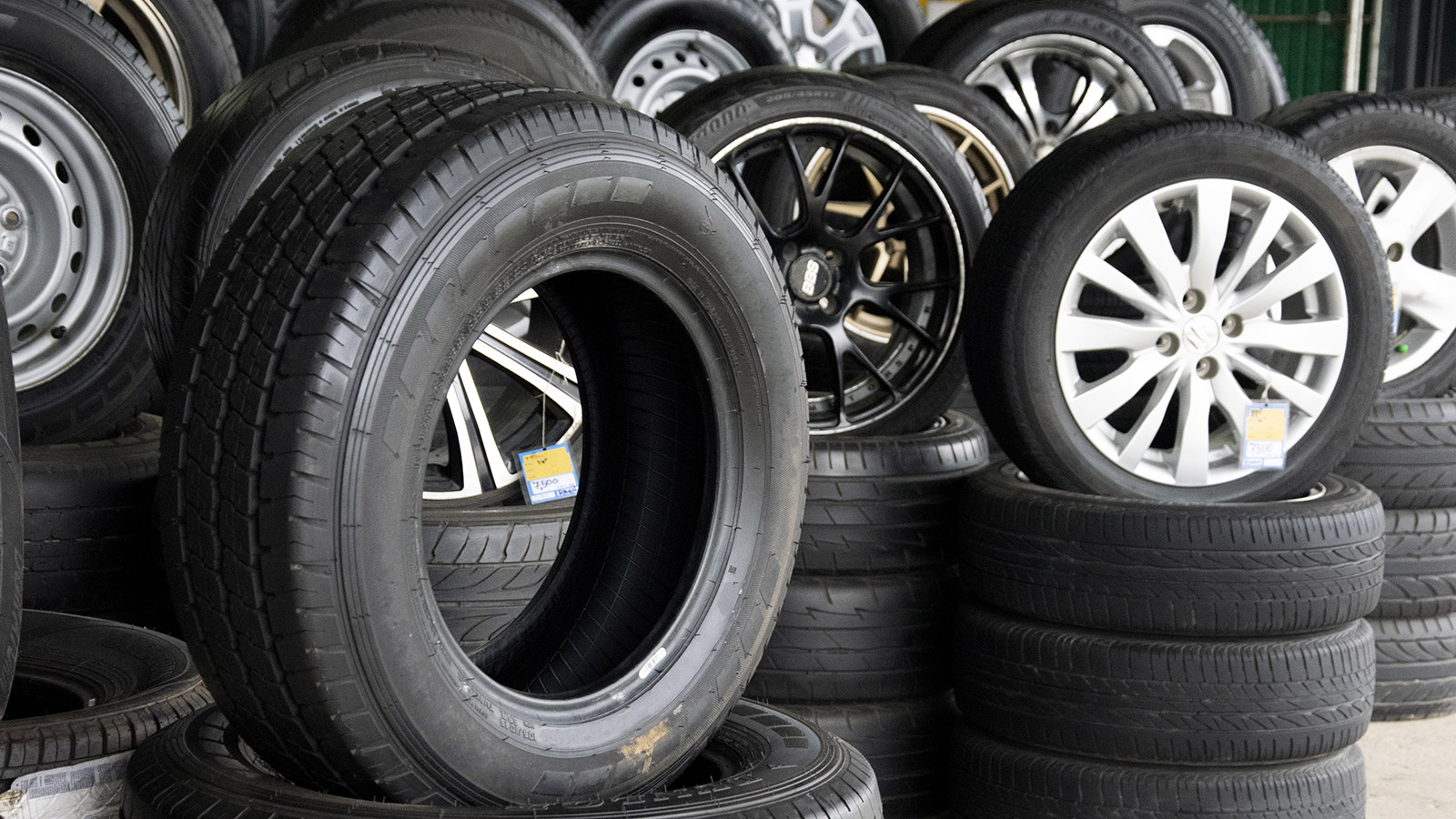
Tires are responsible for the safety and fuel economy of a vehicle. Worn-out tires can be dangerous and thinking of holding them for a few more miles can be risky. You never know when those worn-out tires can burst or lose traction suddenly on the road.
Therefore, it is recommended that you switch the tires as soon as you notice that the treads are wearing out. Investing in new tires not only ensures safety but also improves the overall performance of your vehicle. This guide will explore all the benefits of buying new tires and warning signs to tell if you need new tires for your car. Let’s delve into further details!
Investing in new tires might feel like a strain on the pocket at the moment. However, it is quite beneficial in the long run. Not only do having new tires bring peace of mind, but they are crucial in terms of safety, being the only point of contact between the vehicle and the road. Here are a few key benefits of buying new tires:
The first and most important benefit of getting your vehicle a new tire is safety. Especially if you are someone who loves driving at higher speeds on highways. Brand new tire’s tread depth and overall quality offer better control over your vehicle in terms of grip, traction, and performance.
Old tires can be very risky, especially at a higher speed. If they are worn-out, they are more likely to puncture, burst, and lose grip. Therefore, new tires are responsible not only for improving your safety but also for other vehicles around you.
Having new tires with fresh and healthy treads can improve the overall performance, including fuel economy, braking, handling, and maneuverability.
Whenever you apply the brake the vehicle will exert pressure on the road, and the distance it will travel before stopping depends on the tire’s tread and quality. Newer tires tend to travel lesser distances after applying brakes and offer a firm grip on the road.
Turning on wet roads can cause your vehicle to slip— however, not with the new tires! Newer treads will keep your vehicle steady on the road, especially on wet asphalt.
It must be noted that the appropriate type of tires must be chosen to get the maximum performance. For example, all-weather tires having soft rubbers can perform well in winter but all-season tires can get stiff if the temperature drops.
Fuel economy is directly related to the quality of tires, as these are the only point of contact between the vehicle and the road. Worn-out tire treads will require more force to move the vehicle and hence increase fuel consumption.
On the other hand, new tires with deeper treads will improve maneuverability and put less stress on the engine to move the vehicle forward, hence improving fuel economy.
The new tires can bring overall comfort and convenience to your drive. New tires have deep treads and thus produce less noise than old ones. Therefore, if you often take the highway routes where the speed limit is higher, new tires will help you ride stress-free.
Investing in new tires will cost you a significant amount, and hence, spending it at the right time while getting the most out of your old tires is crucial. You might be wondering what the signs and symptoms are that show that the vehicle needs new tires. So, let’s find out!
Multiple signs and symptoms can serve as a warning indication to get new tires, and uneven tread patterns are at the top of the list. Uneven or worn-out tread patterns can be caused by a number of reasons, including misaligned tires, lack of proper rotation (shifting of tires after a few thousand miles), deflated tires, and poor suspension.
Once the tread pattern becomes uneven, there is no going back. The only solution left is to get the new tires.
If tire pressure decreases on a regular basis, chances are that the tire is damaged or punctured. Check your tire by properly inflating it and then wait for a few hours or days. If the tire is continuously losing air pressure, make sure to get a new one.
A Penny test is also common when deciding whether you should get a new tire or not. Place a penny with Lincoln’s head towards the tires between tread space. If you see the top of his head, then you’ll need new tires. The science behind this test is simple: if you’re seeing the top of his head, it means that treads have been worn out.
The wear bars are the lowest point in the tire tread, which indicates the wear and tear of the tire. These wear bars are raised to 2/32” on the tire surface between the grooves and are indicators of how much treads have left. These wear bars are the critical limit and holding the tires for a few more miles can be dangerous.
It must be noted that the tread wear bars are located at different points around the circumference of the tire. While checking the wear bars, you must check the entire tread rather than the outward-facing tread only.
Buying new tires brings more benefits than its cost. Old tires offer poor maneuverability and handling, thus slipping easily on wet roads. Getting new tires with healthy tread depth improves stability, traction, and performance. Always make sure to check for warning signs such as uneven tread pattern, low air pressure, tread wear bars, and more to find out whether it’s time to get a new tire or not!